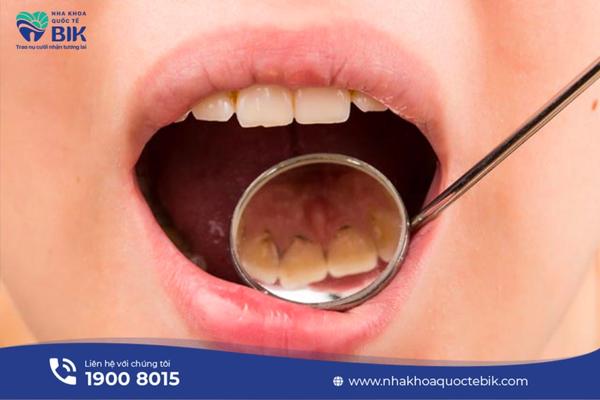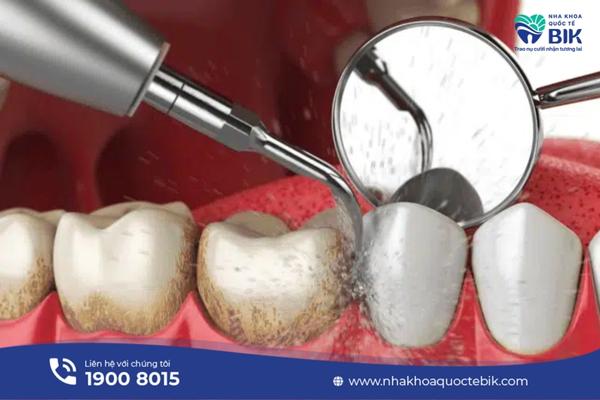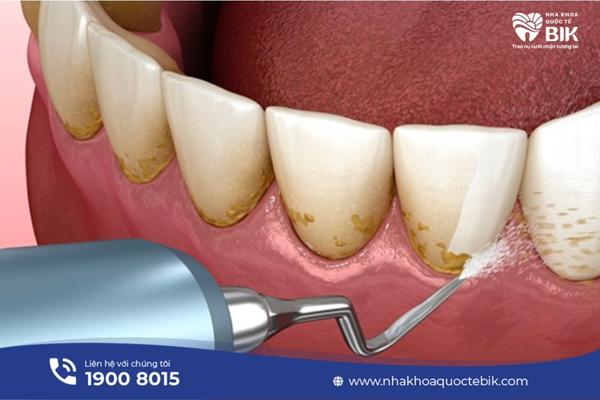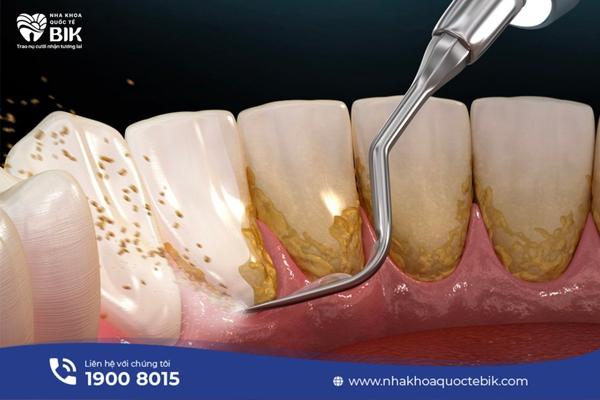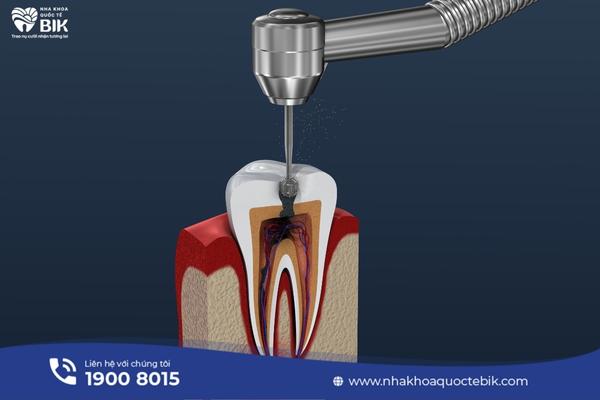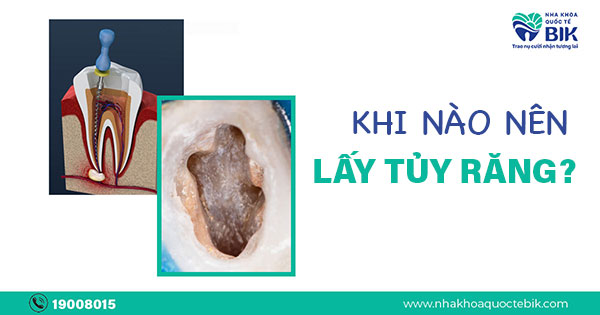
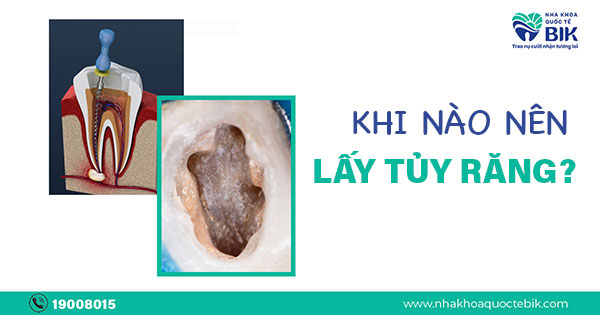
Usually, when the tooth pulp is inflamed, it will cause prolonged pain that does not subside even with pain relievers. Root canal treatment is considered the only solution to treat and stop the pain, however, when to have a root canal still depends on the specialist’s instructions for each case.
1. What is a root canal?
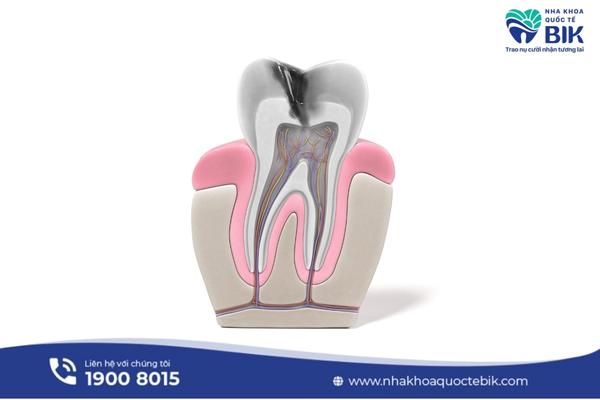
The dental pulp is a connective tissue consisting of blood vessels and nerves located inside the tooth core, surrounded by dentin and enamel. The dental pulp consists of two main parts: the pulp chamber and the root canal, which are responsible for providing nutrients to the tooth. When the dental pulp is infected, it will adversely affect the tooth’s supporting structure and in the long run, the tooth will not receive enough nutrients. Over time, the tooth will weaken and need to be removed.
So root canal treatment is the technique of removing all damaged tooth pulp, cleaning the gaps on the tooth due to lack of pulp and then filling it with specialized dental materials such as composite, porcelain, etc. After root canal treatment, the previous prolonged pain will no longer exist because they are no longer connected to the nervous system.
2. When should you have a root canal treatment?

Although the root canal is located deep inside the tooth and cannot be seen, it is considered the heart of the tooth. Without the root canal, the tooth will no longer be able to function normally. Therefore, in the dental industry, doctors always minimize the cases that require root canal treatment.
When to remove the pulp depends on the diagnosis and indications of the doctor, but cases that require root canal treatment will often have the following symptoms:
– Due to trauma or collision, the tooth is broken, cracked, exposing the pulp, causing loss of aesthetics and increasing the possibility of infection
– Tooth decay spreads and penetrates deep into the pulp, causing a sharp pain and the pain often comes suddenly
– Teeth are overly sensitive to hot, cold, sour, spicy foods, etc.
– The gums are red and swollen and lose their rosy appearance
– The toothache spreads to the temples and does not subside despite the use of painkillers
– White pus pockets appear under the tooth root and if touched with the hand, it will be painful. If this condition is not treated promptly, it will cause bad breath and make the smile less aesthetic.
3. Root canal treatment process
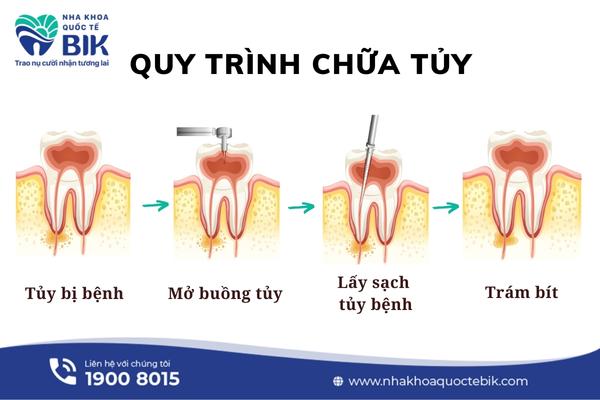
The international standard root canal treatment process usually includes the following basic steps:
3.1. Examination and consultation
First, the doctor will conduct a general oral health examination with the naked eye, then take an X-ray to check the specific condition of the tooth pulp. Based on the film taken, the doctor will know the detailed situation of the damaged tooth pulp, from which to make a diagnosis and plan a detailed treatment.
3.2. Anesthesia
After the oral cavity has been cleaned, the doctor will inject anesthetic to ensure that the patient does not feel pain and feels more comfortable and secure during the root canal procedure.
3.3. Isolating the tooth
The doctor will isolate the tooth that needs root canal treatment from the oral cavity by placing a rubber base to prevent the risk of infection due to saliva that can seep into the tooth. The rubber base will help limit the situation where root canal treatment medicine, tools, and root canal cleaning solution fall into the mouth.
3.4. Proceed to root canal
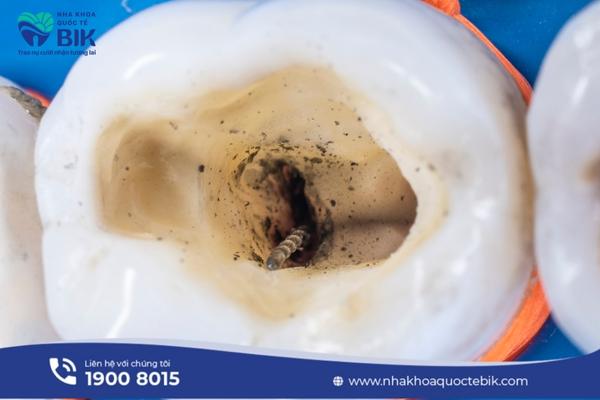
A specialized drill will be used to open the root canal according to the size that the doctor has calculated before. After opening the root canal, all infected pulp will be removed, then the root canal will be thoroughly cleaned and X-rayed to check if the infected pulp is still there and the root canal system will be cleaned before filling the tooth. The number of times a patient has to visit the dentist until the treatment is complete depends on the condition of the pulpitis, whether the root canal system is easily accessible, etc. Between treatments, an antiseptic will be placed in the root canal, and the tooth will be temporarily filled to prevent further infection.
3.5. Root canal filling
After the pulp has been completely cleaned and the inflammation has been treated, the dentist will fill the root canal with a specialized material or can choose to cover the tooth with porcelain to ensure the longevity of the tooth depending on the customer’s choice.
4. Does root canal treatment hurt?

Although the tooth structure is partially affected, the root canal treatment process does not cause any pain to the patient. With modern root canal treatment techniques, local anesthetic will be injected at the root canal site, so there is no discomfort during the treatment process.
After treatment, the toothache caused by pulpitis will be completely eliminated, but in the first few days, you may still experience certain sharp pains due to the anesthetic wearing off. In addition, the tooth will also be more easily irritated than usual. At this time, depending on each person’s condition, the doctor will prescribe appropriate pain relievers.
5. Oral care after root canal treatment

Because the tooth becomes very sensitive 3-5 days after root canal treatment, you need to pay attention to the following to support recovery and avoid damaging the tooth.
5.1. Monitor the pain
If the pain does not subside a few days after the root canal or the gums are swollen and painful with white pus, you should go to the dentist for timely examination and treatment.
5.2. Pay attention to nutrition
You should develop a diet to minimize the impact of chewing force on the tooth that has just had a root canal. Avoid foods that are too hard or too chewy to protect the tooth from damage in the first few days. Minimize foods that contain a lot of sugar, starch as well as stimulants such as beer, alcohol, cigarettes, etc.
5.3. Proper oral hygiene

Brush your teeth properly twice a day with a soft-bristled toothbrush to avoid damaging your teeth. In addition, you should use dental floss instead of toothpicks to remove food particles stuck between your teeth and rinse your mouth with diluted salt water to clean dirt and bacteria in the oral cavity. In addition, you can choose toothpaste containing fluoride to help strengthen your teeth.
So in case the tooth pulp is infected and needs to be cleaned, the most obvious symptom is uncomfortable pain. However, when to remove the tooth pulp depends on the doctor’s instructions because this is a very complicated technique, patients should go to a reputable dental facility to perform the treatment in the safest way.


